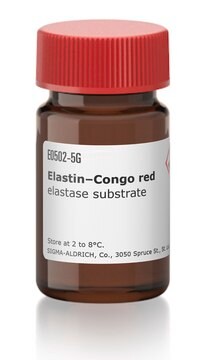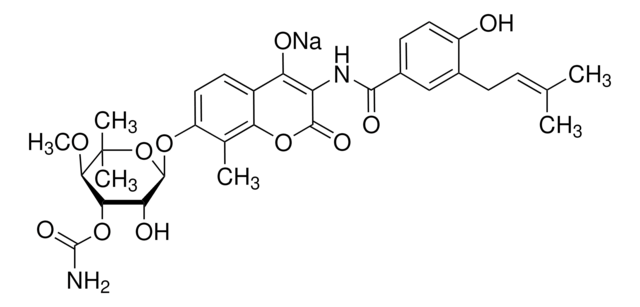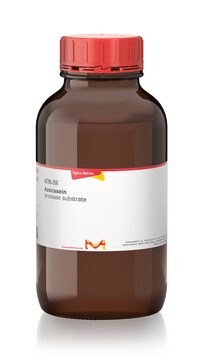D0690
DNA Gyrase from Escherichia coli
aqueous glycerol solution
About This Item
Empfohlene Produkte
Biologische Quelle
Escherichia coli
Qualitätsniveau
Form
aqueous glycerol solution
Mol-Gew.
~374 kDa
Konzentration
≥2 unit/μL
Methode(n)
cell based assay: suitable
Anwendung(en)
cell analysis
Versandbedingung
dry ice
Lagertemp.
−70°C
Angaben zum Gen
Escherichia coli K12 ... gyrA(946614) , gyrB(948211)
Anwendung
Biochem./physiol. Wirkung
Einheitendefinition
Sonstige Hinweise
Lagerklassenschlüssel
10 - Combustible liquids
WGK
WGK 1
Flammpunkt (°F)
Not applicable
Flammpunkt (°C)
Not applicable
Analysenzertifikate (COA)
Suchen Sie nach Analysenzertifikate (COA), indem Sie die Lot-/Chargennummer des Produkts eingeben. Lot- und Chargennummern sind auf dem Produktetikett hinter den Wörtern ‘Lot’ oder ‘Batch’ (Lot oder Charge) zu finden.
Besitzen Sie dieses Produkt bereits?
In der Dokumentenbibliothek finden Sie die Dokumentation zu den Produkten, die Sie kürzlich erworben haben.
Unser Team von Wissenschaftlern verfügt über Erfahrung in allen Forschungsbereichen einschließlich Life Science, Materialwissenschaften, chemischer Synthese, Chromatographie, Analytik und vielen mehr..
Setzen Sie sich mit dem technischen Dienst in Verbindung.







